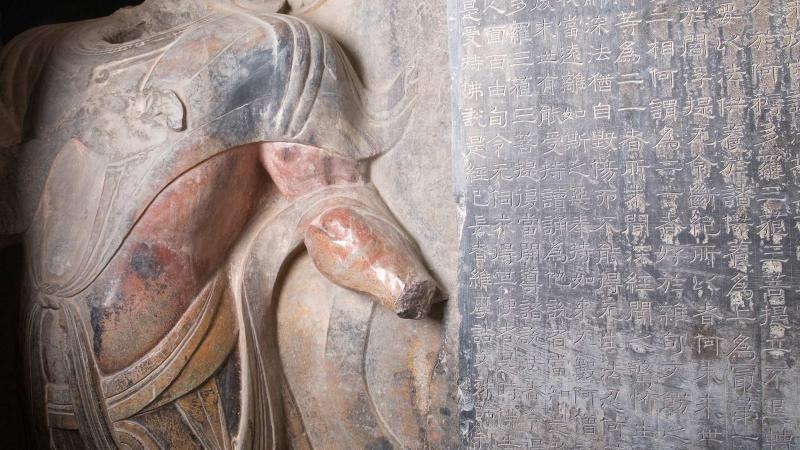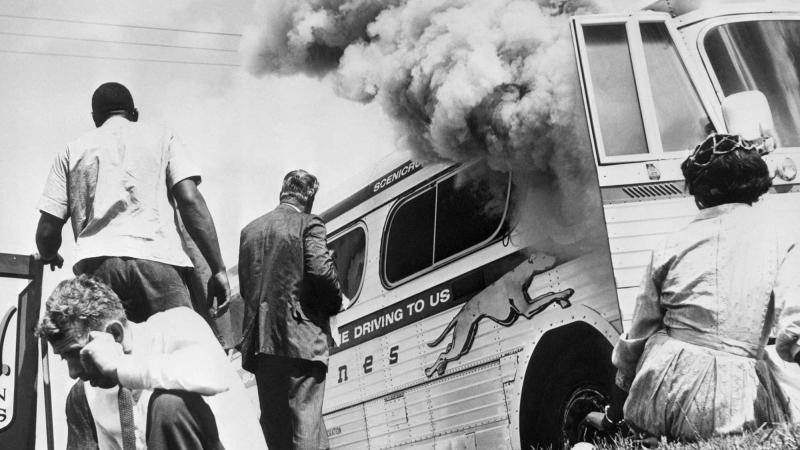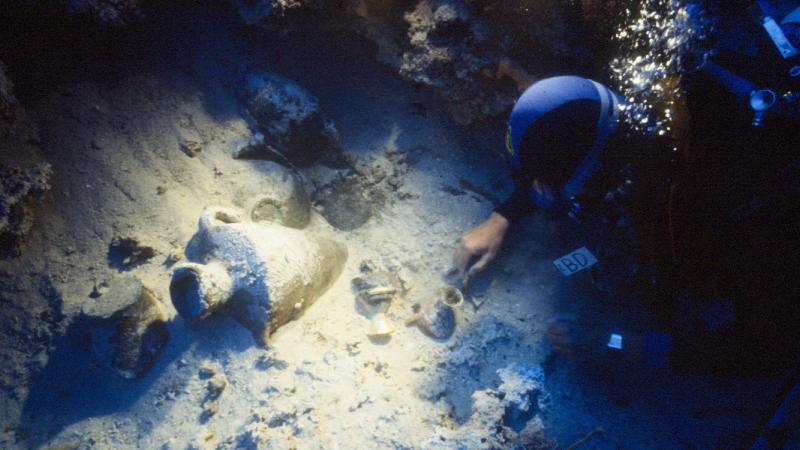When William F. “Buffalo Bill” Cody died, citizens of his namesake town—Cody, Wyoming—thought they had lost their inheritance.
Cody died in Denver in 1917 and requested that he be buried on Lookout Mountain, nearer the town of Golden. The locals worried that tourists flocking to his grave would visit that town rather than Cody. In an era when tourism was one of the main sources of revenue in the West, the citizens of Cody quickly founded the Buffalo Bill Memorial Association, opening the Buffalo Bill Museum a decade later in 1927. Over the next century, four more museums and a research library opened: the Whitney Western Art Museum, the Plains Indian Museum, the Cody Firearms Museum, the Draper Natural History Museum, and the McCracken Research Library. Together, they make up the Buffalo Bill Center of the West.
The Center has been supported by 12 NEH grants since 1978 totaling $2,004,761. One of these grants supported the exhibition and interpretation of the Paul Dyck Plains Indian Buffalo Culture Collection, one of the largest and most important collections of late 18th- and 19th-century Plains Indian artifacts and art. Dyck, a collector, was a noted artist in his own right and a descendent of the famed 17th-century Flemish painter Anthony van Dyck. NEH grants have supported other exhibitions at the Center examining the history of the Wounded Knee Massacre and other events in Western history.
Two grants have funded the Papers of William F. Cody, a collaboration between the Buffalo Bill Center; University of Nebraska, Lincoln; Ball State University; Brigham Young University; and the Smithsonian Institution. The first grant funded an annotated digital edition of archival material. According to the project’s director Jeremy Johnston, this was particularly useful for researchers because it made the collection searchable—a critical element given Cody’s notoriously terrible handwriting. Many of the letters are only dated with the month and day (not the year), so they all have to be matched by location to the touring schedule of Buffalo Bill’s Wild West show in order to date them.
The second grant focuses on Buffalo Bill’s European adventures, which are particularly insightful in understanding Europe right before World War I. According to Johnston, this research led to the digital publication of scrapbooks, playbills, press clippings, and other materials that reveal how adaptable the Wild West show was. Instead of one uniform performance of Buffalo Bill and the Wild West, Cody tailored each show for the local audiences, giving them their own distinct taste of the frontier.
Cody was the master of the media spectacle, and his influence is still felt in Europe today, especially in the United Kingdom and Germany where he met Queen Victoria and Kaiser Wilhelm II, respectively, and influenced international diplomacy. From his interactions with Cody and impressions of the Wild West show, Kaiser Wilhelm perceived the American cowboy as fiercely independent and believed the United States would never enter World War I. He was almost right.
Written by Rachel Poor, a writer in Washington, D.C.


